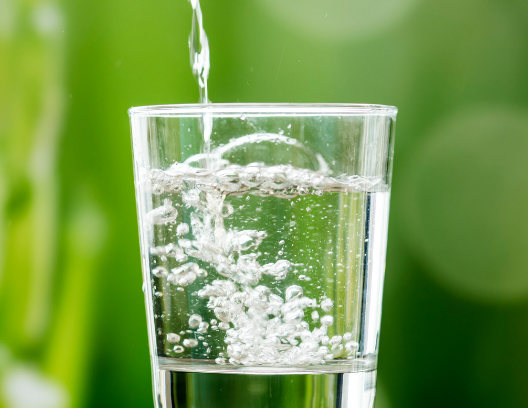Bloating, Gastrointestinal Distress, Fatigue – sound familiar? Your stomach issues may feel like a mystery, especially because they can be so difficult to diagnose. Having low stomach acid (hypochlorhydria) is a common issue that you may have never heard of, but if you’re having digestion issues it might be worth looking into to see if it might be the culprit.
You might already know that high stomach acid causes heartburn, but did you know that low stomach acid does too? In fact, a lot of people begin treating what they believe is high stomach acid production when it’s actually low acid production they are dealing with. How can you be sure? Here are some other symptoms of low stomach acid:
Symptoms of Low Stomach Acid
- Indigestion
- Burping
- Nausea
- Gas
- Protein and Iron Deficiency
- Fatigue
- Recurring ulcers

Having trouble digesting animal protein, especially red meat, is an indicator that you have low stomach acid. This is because protein is broken down primarily in the stomach and protein digestion relies heavily on stomach acid to be broken down.
How can you test for Low Stomach Acid?
There are more concrete ways to test for low stomach acid. This includes the Gastric Acid Secretion Test, The Baking Soda Stomach Acid Test, and the Betaine HCL Challenge test. The Betaine HCL is a commonly used and also easy one to do at home. All you need is a Betaine HCL supplement. In the middle of a high protein meal, take one dose of the HCL.
If you soon feel a burning sensation (heartburn) or a heavy feeling in your chest, that is an indication that you have adequate stomach acid levels. If you notice no changes and your food digests well, it indicates that you have low stomach acid.

What To Do About Low Stomach Acid
Start Off Slow. Eat animal protein and other high protein foods in moderate amounts. Simply put: go easy on the 20 oz steaks. If animal protein is a part of your diet, work yourself up to your desired portions over time as you build up more stomach acid.
Eat or Drink Apple Cider Vinegar. Apple Cider Vinegar promotes healthy stomach acid production. You can drink it diluted in water, or you can add it to a salad as part of the dressing.
Eat Ginger. Ginger is soothing to the digestive system and also has anti-inflammatory properties. Add it to your dishes, or drink it grated in some hot water.
Eliminate Processed Foods. Processed foods can be hard on your stomach and promote inflammation, aggravating your stomach. Eating whole foods, which are easily recognizable to your stomach, are easier to break down. Go easy on your stomach and stick to whole foods while you get your stomach acid levels back up, and then you can decide to proceed onto processed foods in moderation.
No Beverages During Meals. Save your beverage – even water – for after your meals. A lot of liquid during your meals can dilute your gastric juices. Diluting your stomach acid will lead you to have a tougher time digesting your food.

Those 5 tips, especially in combination, will help you build up healthy stomach acid levels again. Ensuring that you have healthy stomach acid levels will help you with digestion and uptake of nutrients, which is important in your wellbeing overall.
Leave a reply to Does SIBO Affect Mental Health? Small Intestine Bacteria and the Brain. Cancel reply